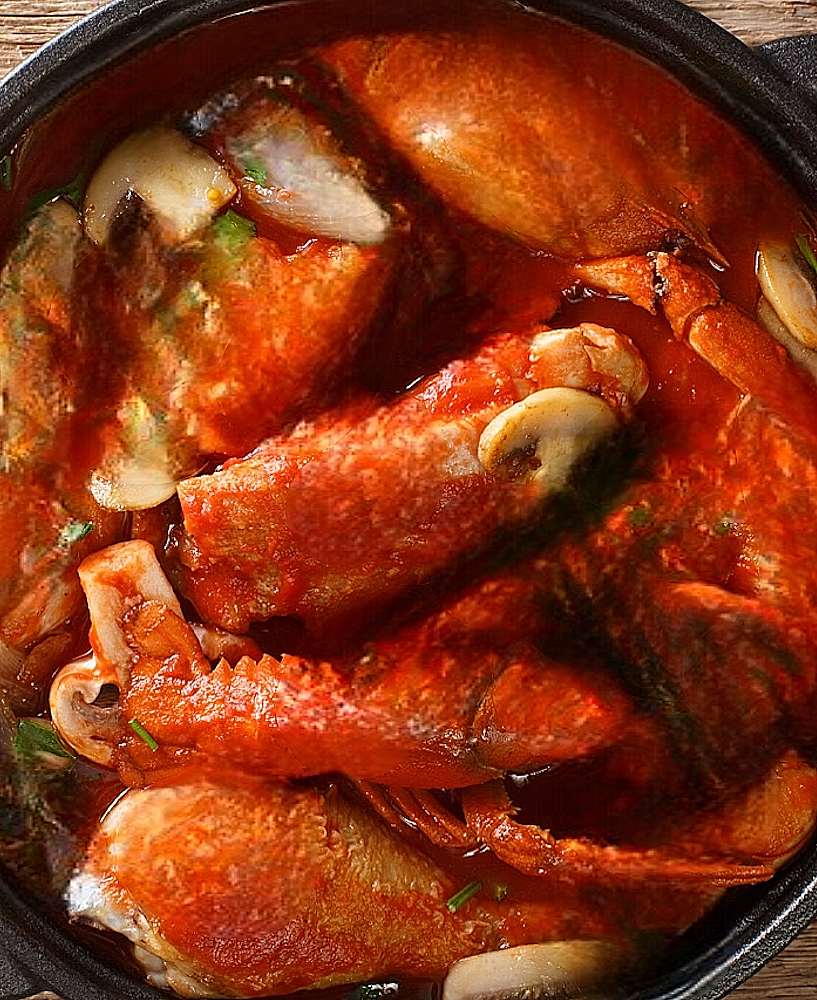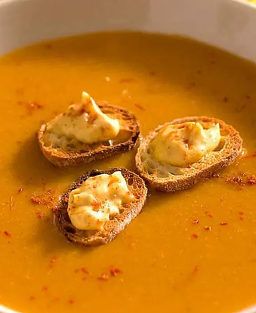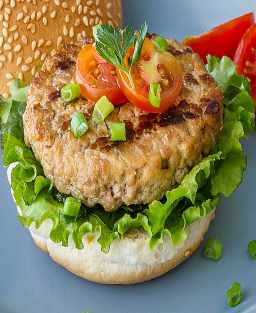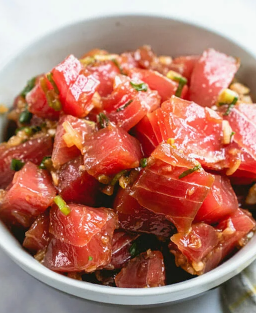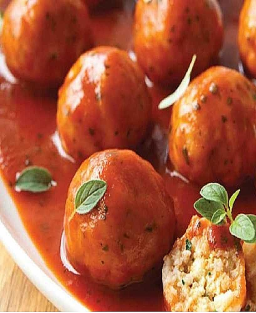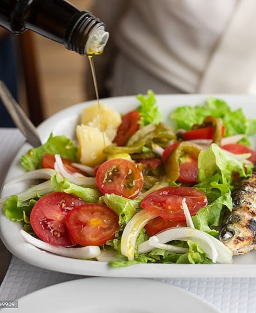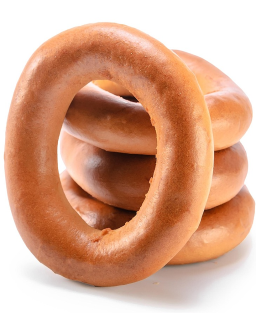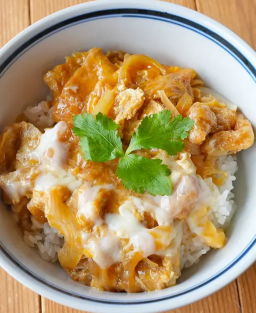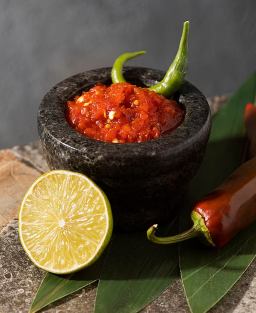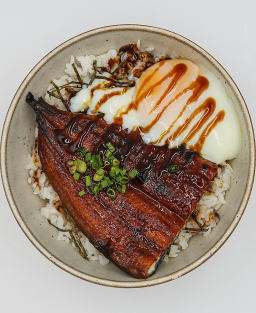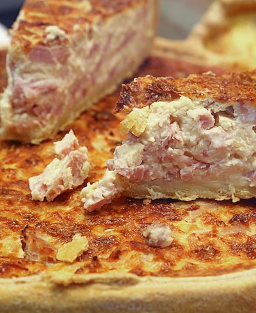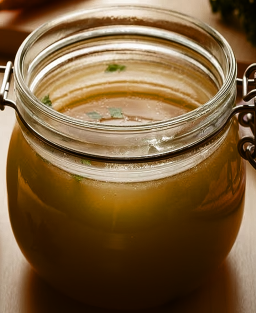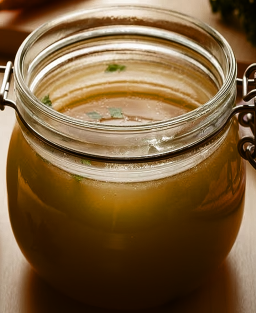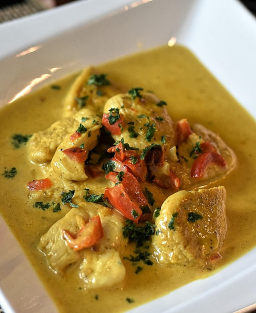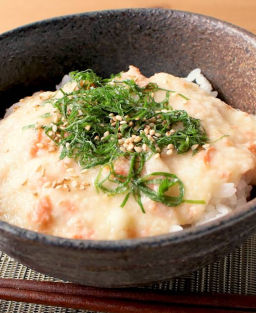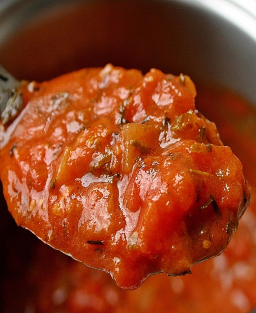A Napoleonic-Inspired Historical Dish Chicken Marengo – The Original Improvised Version (June 14, 1800)
Historical Recipe – Chicken Marengo (Original Improvised Version, June 14, 1800)
A Napoleonic-Inspired Historical Dish
Chicken Marengo – The Original Improvised Version (June 14, 1800)
Historical Context
On June 14, 1800, following the Battle of Marengo, Napoleon and his army found themselves in a rural region of Italy. His cook, Dunand, lacking provisions and refined ingredients, had to quickly prepare a hearty meal using only what he could find in the surrounding farms.
Fundamental Principles
-
A rustic and simple dish, made with few fresh and local ingredients.
-
No use of culinary stocks, butter, or wine (which were rare or unavailable at the time).
-
Emphasis on quick cooking, bold flavors, and vibrant color (notably from the use of fresh tomatoes).
-
Garnishes and side elements sourced from the local terroir.
Ingredients
-
1 whole chicken, cut into pieces
-
Olive oil or any other available local fat for cooking
-
2 to 3 fresh tomatoes, peeled in boiling water and crushed – providing freshness and acidity
-
1 to 2 garlic cloves, finely chopped or crushed – to season the sauce
-
8 to 12 freshwater crayfish, alive if possible (or pre-cooked) – adding a marine and refined touch
-
4 eggs, cooked sunny-side-up (or sometimes poached), according to oral tradition – to enrich and surprise
-
4 to 6 bread croutons, fried in oil – to add crunch
-
Salt and freshly ground black pepper, to taste
Notably Absent Ingredients
-
No wine or alcohol of any kind
-
No mushrooms (they would appear in 19th-century codified versions)
-
No stock, complex broths, or additional aromatic herbs
Preparation (According to Oral Traditions and Historical Descriptions)
1. Searing the Chicken
In a large frying pan or cooking pot heated with olive oil, sear the chicken pieces until golden brown. Season lightly with salt and pepper.
2. Adding Tomatoes and Garlic
Add the peeled and crushed tomatoes and the crushed garlic. Stir well to coat the chicken. Let simmer gently so the sauce reduces and the chicken finishes cooking in this flavorful base.
3. Cooking the Crayfish
If using live crayfish, boil them quickly in salted water, then add to the sauce at the end of the chicken’s cooking time. If already cooked, simply incorporate them gently so they absorb the flavors.
4. Cooking the Eggs
Separately, fry the eggs in a bit of olive oil until the whites are set but the yolks remain runny.
5. Making the Croutons
In a small pan, fry slices or cubes of bread in oil until golden and crispy. Drain on paper towels.
Plating and Serving
-
Arrange the chicken pieces in a serving dish, covered in the tomato-garlic sauce.
-
Distribute the crayfish attractively around or on top of the chicken.
-
Place the golden croutons around the dish to add texture and visual contrast.
-
Top with the fried eggs directly on the chicken or alongside, depending on tradition and presentation style.
The dish is served hot – fresh, colorful, and rustic – combining tender chicken, crispy croutons, soft eggs, and the refined marine flavor of crayfish.
Historical and Cultural Notes
-
This recipe was born out of a context of war, improvisation, and scarcity, explaining its extreme simplicity and lack of luxurious ingredients.
-
The fried eggs and crayfish, while unusual for a poultry dish, are documented in oral accounts and early descriptions, symbolizing the cook’s inventiveness.
-
Napoleon himself reportedly appreciated the dish and refused to let the composition be changed – reinforcing its historical and symbolic significance.
-
19th-century culinary codifications later enriched and adapted the recipe with mushrooms, wine, and broths, but the original version remains simple, direct, and faithful to its field-kitchen spirit.
Evolution Toward a Codified Recipe
Veal Marengo directly derives from the famous Chicken Marengo. This rustic recipe, blending tomatoes, mushrooms, croutons, and crayfish, served as a base for adaptations using other noble meats, such as veal, capon, or pheasant. These dishes retained the “à la Marengo” garnish, defined by a rich tomato sauce with mushrooms, croutons, sometimes fried eggs and crayfish – elements that bring depth and refinement.
Popularized in the 19th century by chefs like Urbain Dubois and Émile Bernard, these dishes became classics of haute cuisine, often served at banquets and ceremonial meals.
From Improvised Dish to Haute Cuisine
From the 19th century onward, chefs like Antonin Carême, Jules Gouffé, Urbain Dubois, and Auguste Escoffier adapted Chicken Marengo to fit the principles of grand French cuisine. The dish evolved from a rustic improvisation to a structured and refined preparation.
Codified Ingredients of the Time
-
Chicken pieces, sautéed or braised
-
Fresh or crushed tomatoes
-
Paris mushrooms
-
Crayfish (whole or shelled)
-
Garlic (in small quantity)
-
White wine or Madeira (sometimes used)
-
Fried bread croutons (often placed around the dish)
-
Fried eggs (present in the legendary version, often omitted in codified recipes)
In La Cuisine classique by Dubois & Bernard (1856)
In La Cuisine classique, “Poulet à la Marengo” is mentioned but not presented as a full standalone recipe. It is integrated into sections on sautéed poultry, Provençal-style ragouts, or tomato-based dishes, as well as garnishes labeled “à la Marengo” or “à la financière”.
Their volumes also propose à la Marengo variations with other meats (veal, capon), suggesting the Marengo garnish is codified as:
with tomato, mushrooms, croutons, sometimes eggs and crayfish.
Veal Marengo is a later adaptation inspired by the original chicken dish, designed to expand options for bourgeois banquet menus.
Conclusion
Chicken Marengo was codified starting in the 19th century by chefs like Carême, Gouffé, and Escoffier, who formalized the main components while often omitting folkloric elements like the fried egg.
Urbain Dubois and Émile Bernard approached the dish more gastronomically, incorporating it into richer preparations, sometimes served in vol-au-vent or pastry timbales.











